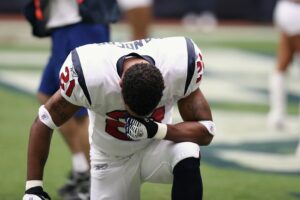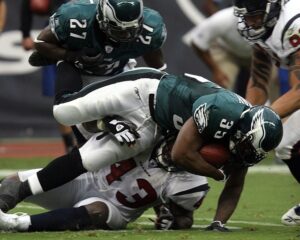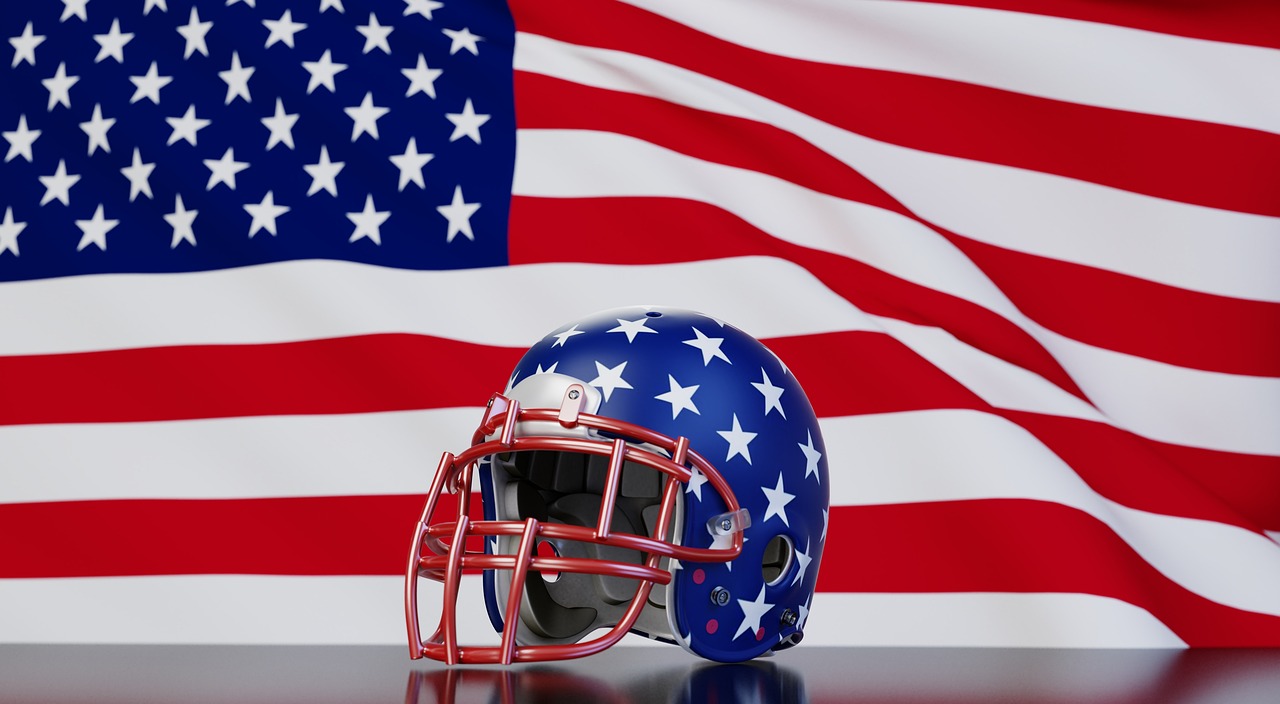Is it going to be your first rodeo placing bets on the NFL? Then you may have come across the term “point spread” and wondered what it means. Don’t worry, you are not alone! Point spreads are a popular form of betting in the NFL, and understanding how they work is actually pretty lucrative. The intricacies of how spreads work can significantly impact your wagering strategy. According to experts at sports 토토사이트, point spreads act as a balancing tool in sports betting, leveling the playing field between favorites and underdogs. They are also known as “the great equalizer” in the sports betting world. But what does that really mean? How do bettors use this system to their advantage? In this post, we’ll break down the fundamentals of point spreads and explore various scenarios that arise during NFL games. Let’s get started with the basics.
The Basics
 Point spreads are a way to level the playing field in sports betting. They indicate the margin by which a favored team is expected to win. For example, if Team A is favored by 7 points against Team B, they must win by more than that spread for bets on them to pay out. Betters can wager on either side of the spread. If you back the favorite, you’re banking on their ability to cover that gap. Conversely, betting on the underdog means you believe they can keep it close or secure an outright victory. The spread fluctuates based on various factors like team performance and injuries. Bookmakers set these lines with careful analysis, aiming to attract balanced action on both sides.
Point spreads are a way to level the playing field in sports betting. They indicate the margin by which a favored team is expected to win. For example, if Team A is favored by 7 points against Team B, they must win by more than that spread for bets on them to pay out. Betters can wager on either side of the spread. If you back the favorite, you’re banking on their ability to cover that gap. Conversely, betting on the underdog means you believe they can keep it close or secure an outright victory. The spread fluctuates based on various factors like team performance and injuries. Bookmakers set these lines with careful analysis, aiming to attract balanced action on both sides.
Betting on the Favorite
Favorite teams are often seen as more likely to win based on their performance and statistics. The point spread reflects this expectation, giving them a cushion to cover. When you wager on the favorite, you’re betting that they will win by more than the spread number. For instance, if a team is favored by seven points, they need to secure an eight-point victory for your bet to cash in. This approach may feel safe at first glance. However, favorites don’t always deliver as expected. They might struggle under pressure or face unexpected challenges during the game. That’s why you still need to think about other factors like injuries or weather conditions that could impact performance. Many people, in fact, have switched to underdogs.
Backing the Underdog
Backing the underdog is actually quite a chance to root for the team everyone else is doubting. Underdogs often have something to prove, which can lead to unexpected outcomes. The odds are usually stacked against them, which makes betting on these teams particularly enticing. The potential payout is greater if they pull off an upset. Many fans find joy in celebrating these surprising victories. When assessing an underdog, consider their recent performance and injuries. Sometimes, teams labeled as underdogs have hidden strengths or emerging players ready to shine. Fans also enjoy the narrative surrounding these matchups.
Push Scenarios
 Push scenarios occur when the final score lands exactly on the point spread. This unique outcome can leave bettors in a tricky position. Imagine you bet on a team favored by three points. If they win by precisely three, there’s no clear winner or loser for that particular bet. Instead, it results in what’s called a push. In this case, sportsbooks typically return your wager. It’s as if the bet never happened at all. Pushes are more common than one might think. They add an interesting twist to NFL betting dynamics. Bettors must always be aware of how close games can play out relative to spreads and lines.
Push scenarios occur when the final score lands exactly on the point spread. This unique outcome can leave bettors in a tricky position. Imagine you bet on a team favored by three points. If they win by precisely three, there’s no clear winner or loser for that particular bet. Instead, it results in what’s called a push. In this case, sportsbooks typically return your wager. It’s as if the bet never happened at all. Pushes are more common than one might think. They add an interesting twist to NFL betting dynamics. Bettors must always be aware of how close games can play out relative to spreads and lines.
How Odds Affect the Spreads
But how do exactly the odds affect the spreads? They reflect the bookmakers’ perception of each team’s chances of winning. When odds shift, it often influences how the spread is adjusted. For starters, if a star player gets injured, you might see the odds change rapidly. This could lead to a narrower spread for the favorite or an expanded one for the underdog. Betting trends also come into play. If a significant amount of money is being placed on one team, sportsbooks may adjust their lines to balance action and minimize potential losses. Understanding these dynamics can give bettors insight into market sentiment and help them make more informed decisions as they navigate NFL betting strategies.

